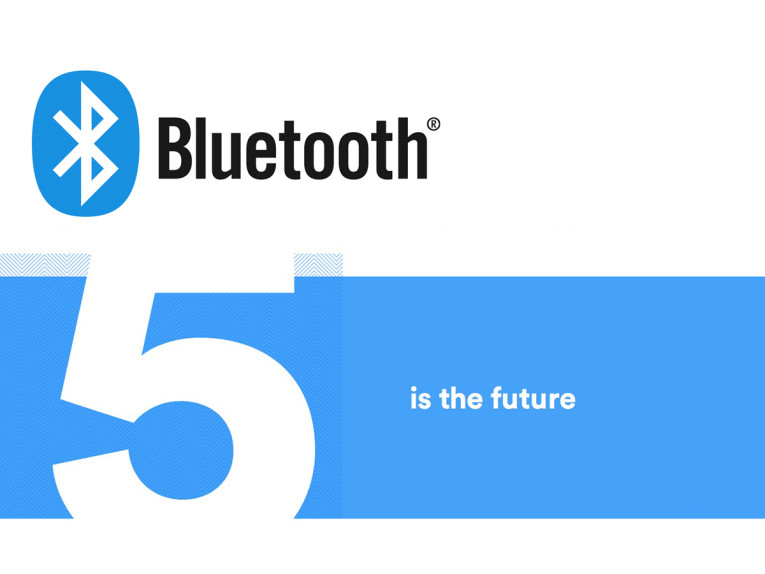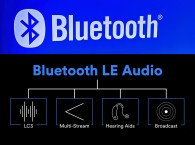
Following the announcement made in June 2016, the Bluetooth Special Interest Group (SIG) officially adopted Bluetooth 5 as the latest version of the Bluetooth core specification. Bluetooth 5 continues to advance the Internet of Things (IoT) experience by enabling simple and effortless interactions across the vast range of connected devices. The increased speed of Bluetooth 5 lays the groundwork for the next generation of Bluetooth audio, and the increased range will deliver reliable IoT connections that make full-home, building, and outdoor use cases a reality.
“Bluetooth is revolutionizing how people experience the IoT. Bluetooth 5 continues to drive this revolution by delivering reliable IoT connections and mobilizing the adoption of beacons, which in turn will decrease connection barriers and enable a seamless IoT experience,” says Mark Powell, executive director of the Bluetooth SIG. “This means whole-home and building coverage, as well as new use cases for outdoor, industrial, and commercial applications will be a reality. With the launch of Bluetooth 5, we continue to evolve to meet the needs of IoT developers and consumers while staying true to what Bluetooth is at its core: the global wireless standard for simple, secure, connectivity.”
Key feature updates include four times range, two times speed, and eight times broadcast message capacity. Longer range powers whole home and building coverage, for more robust and reliable connections. Higher speed enables more responsive, high-performance devices. Increased broadcast message size increases the data sent for improved and more context relevant solutions.
Bluetooth 5 also includes updates that help reduce potential interference with other wireless technologies to ensure Bluetooth devices can coexist within the increasingly complex global IoT environment. Bluetooth 5 delivers all of this while maintaining its low-energy functionality and flexibility for developers to meet the needs of their device or application.
The adoption of Bluetooth 5 comes at a crucial time of industry growth, with ABI Research expecting 48 billion internet-enabled devices to be installed by 2021, of which nearly one-third will include Bluetooth, according to Ryan Martin, senior analyst, ABI Research.

“The global wireless connectivity market is growing rapidly, with an anticipated 10 billion annual IC shipments by 2021,” says industry analyst Andrew Zignani with ABI Research. “The introduction of Bluetooth 5 will create new opportunities in various verticals of the IoT market by reducing complexity and cost and giving manufacturers greater flexibility in targeting multiple applications and use cases.”
Consumers can expect to see products built with Bluetooth 5 within two to six months of today’s release. With Bluetooth 5, Bluetooth continues to revolutionize how people experience the IoT. Bluetooth continues to embrace technological advancements and push the unlimited potential of the IoT.
The Core v5.0 Specification document is now available for download on the Bluetooth SIG website, as well as an interesting whitepaper on Bluetooth range, “Debunking the myth: Bluetooth Range.”
www.bluetooth.com/bluetooth5





